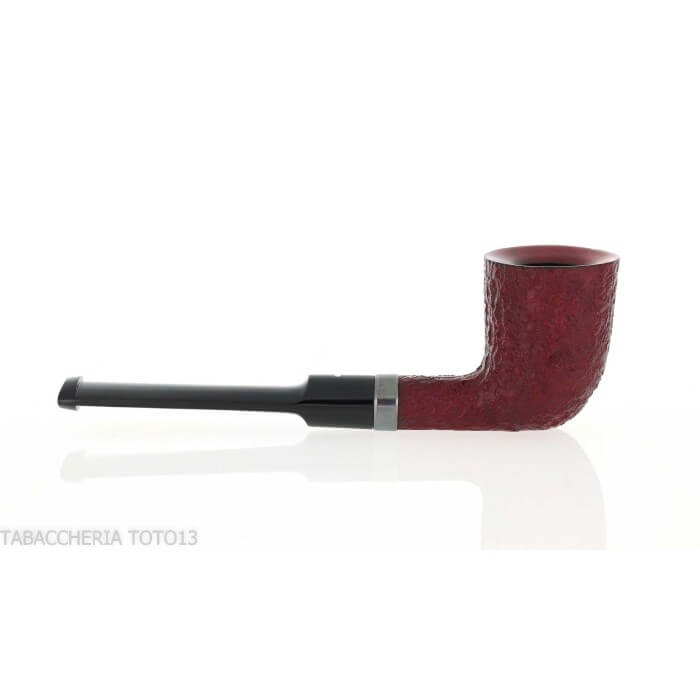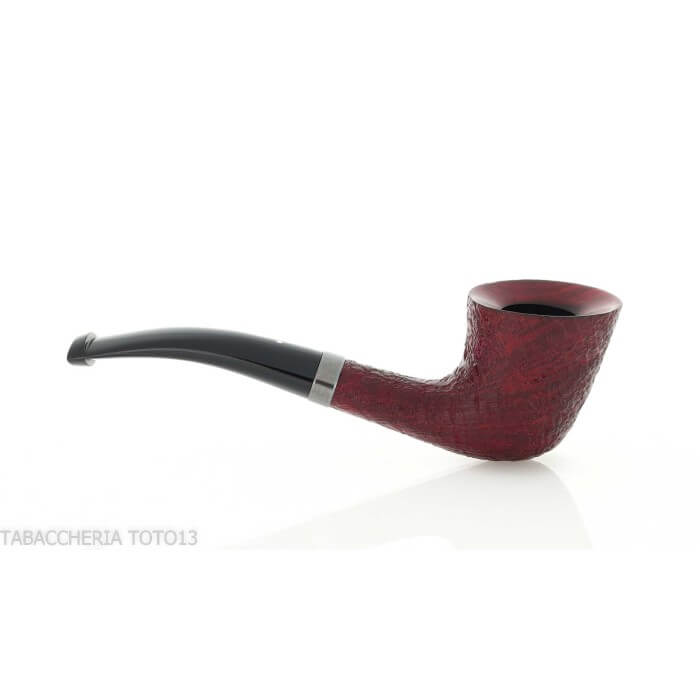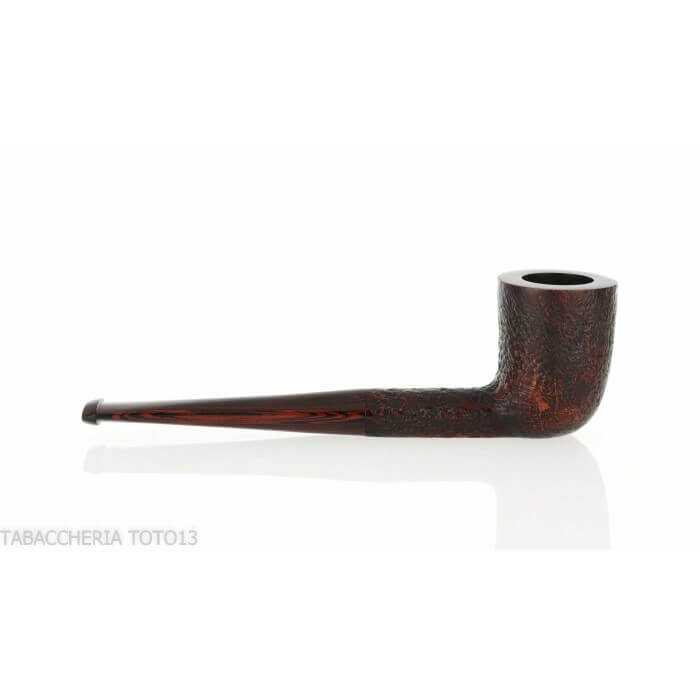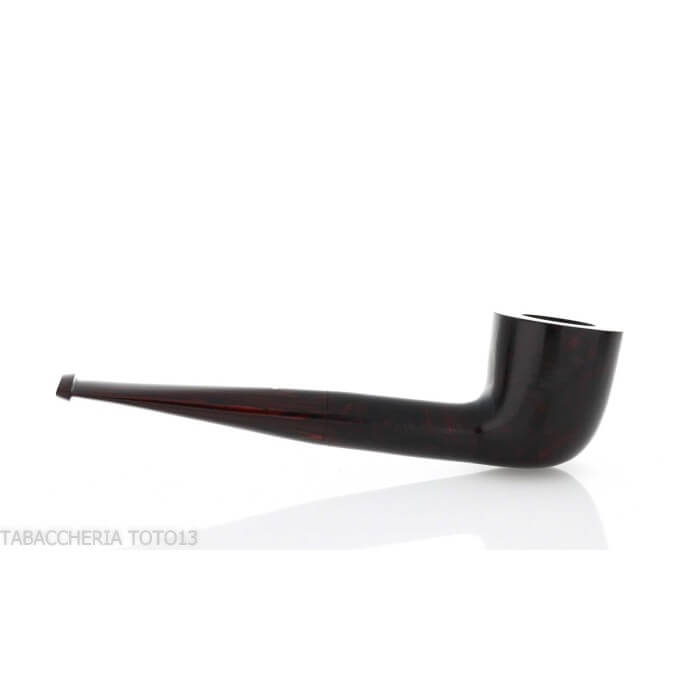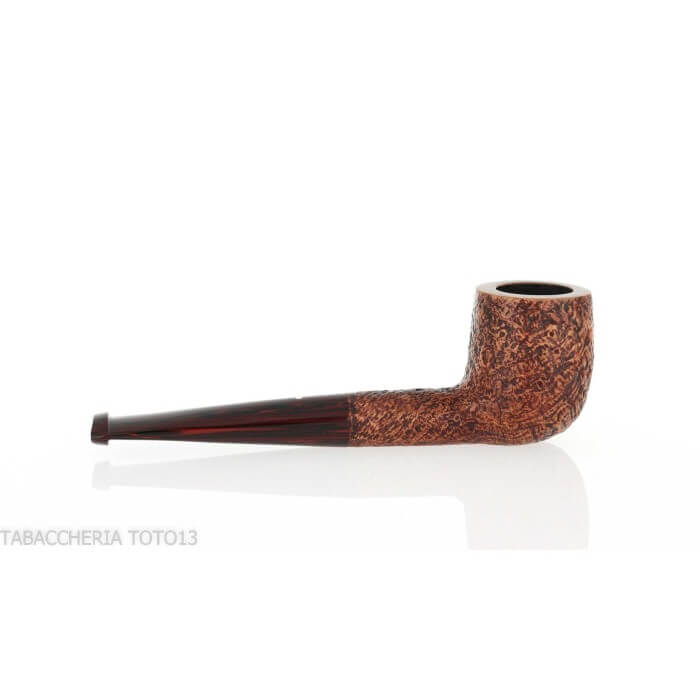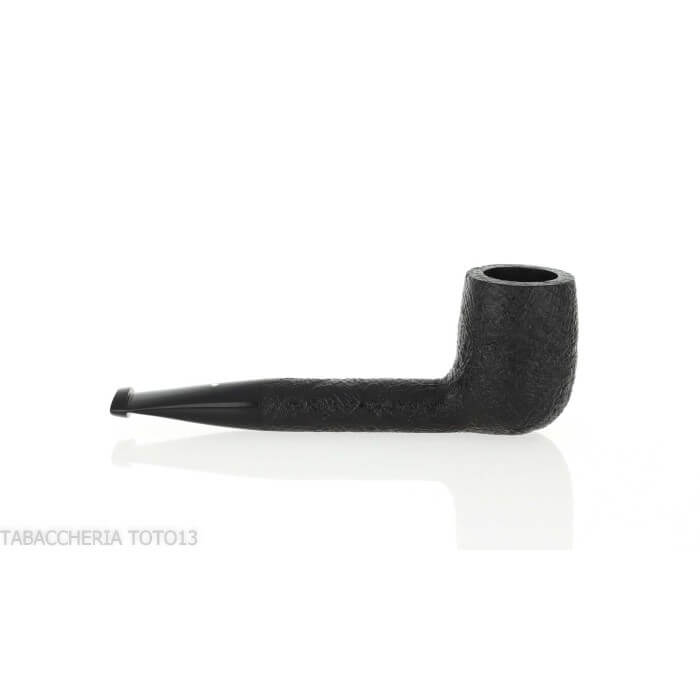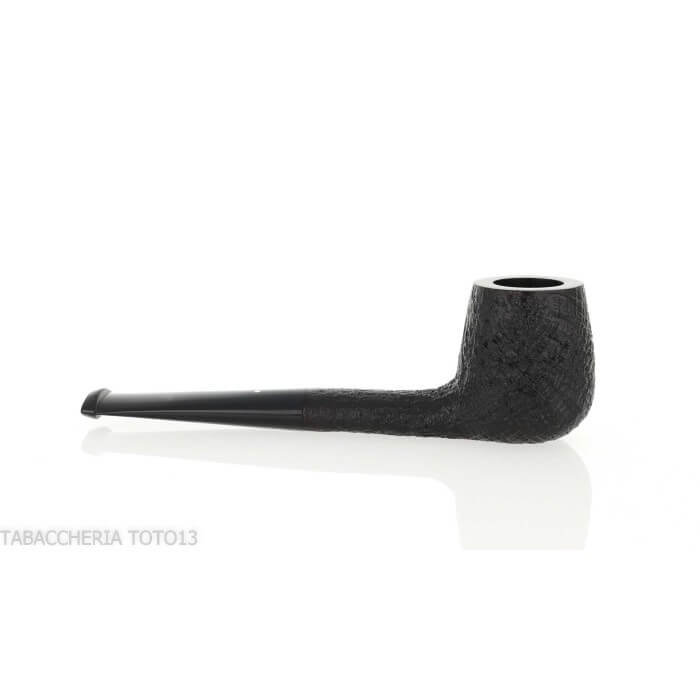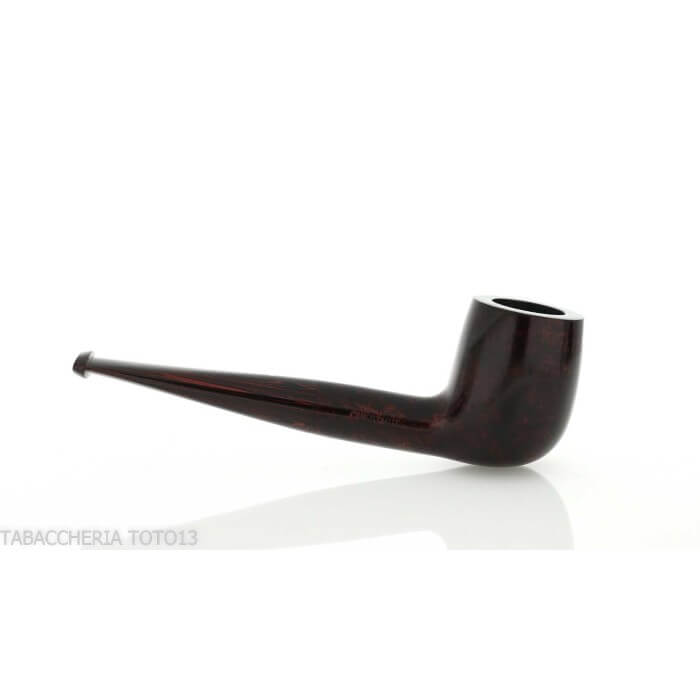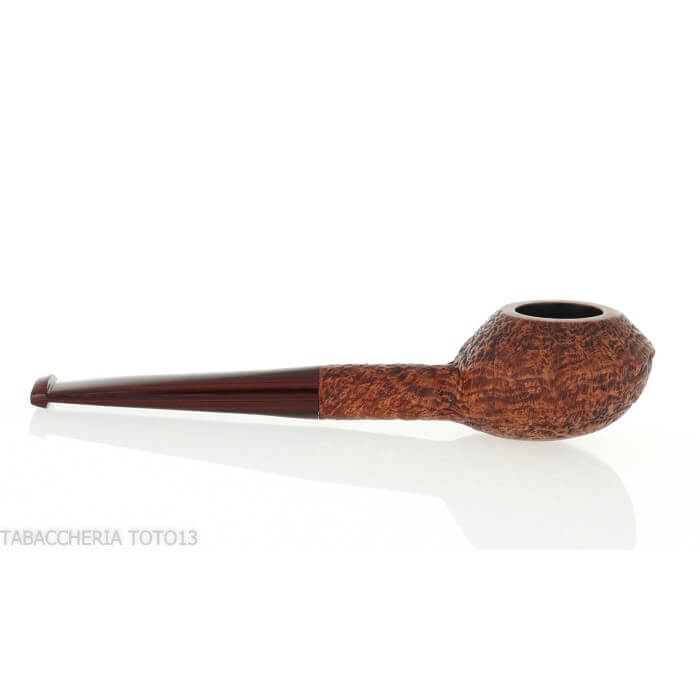Dunhill pipe The White Spot
Alfred Dunhill opened his tobacco shop on Duke Street in London in 1983 and in 1906 presented his first pipe, with a classic Anglo-Saxon style that would become a reference for the entire world of passionate tobacco pipe smokers.
His intent was to create something that was useful and reliable, aesthetically beautiful: he wanted it to last over time and be the best of its kind.
Dunhill pipes were soon considered among the best pipes in the world and their success is still evident today.
They are handmade with the best materials, from briar to German ebonite, and with an almost obsessive meticulousness that guarantees the creation of a finished product perfect in every detail.
The particular oil treatment of the briar is the secret of their goodness, carefully guarded and protected by patent.
Dunhill models have become a point of reference throughout the pipe world, which recognizes their undisputed qualities of class, refinement and elegance.
They are timeless models, which today like yesterday give the enthusiast great satisfaction, passionate pipe smokers who exchange enthusiastic opinions on these wonderful pipes, often labeled as "pipes you can rely on" due to their durability over time and excellent smoke.
Dunhill boasts many admirers and collectors all over the world who appreciate its drier taste, capable of enhancing mainly English blends of pipe tobaccos, full-bodied and tasty.
There are two finishes, sandblasted and smooth, available in various categories depending on details such as color or grain. Their rating, from 1 to 6, is based on their size, where 1 is the smallest and 6 the largest.
The lines of Dunhill English pipes available today: Shell, Cumberland, County, Rubybark, Dress, Tanshell, Chestnut, Bruyere, Amber Root, Collector....
If after over a hundred years the Dunhill is still one of the most coveted and loved pipes perhaps it depends on Alfred's motto, which is still applied today in production: "Nothing less than the best".
Today Alfred Dunhill pipes are recognizable by a dot: white, on the dark background of the mouthpiece.
Appearing in 1921 in London newspapers, the paid advertisement did not specify the name of the manufacturer; but many in London already knew those pipes, and they now had a new authoritative testimonial.
The idea of placing a small light round on the mouthpieces came to Alfred Dunhill in 1912 to respond to a practical need.
These elements, handmade from ebonite bars, were worked so perfectly that often the customer, in the act of inserting them into the hollow of the torch, could not understand how to "turn them" to put the "top" on top and bottom the "below".
For this reason Dunhill decided to place a reference dot in the upper part, near the connection point.
Although he was a marketing genius, initially he didn't even think that the white dot would later rise to the role of the mythical brand "The White Spot".
The prices of Dunhill pipes are not cheap, but by taking advantage of our online offers you can always decide to buy one, perhaps a Dunhill Shell or a Dunhill Bruyere, or a Dunhill Cumberland pipe...


